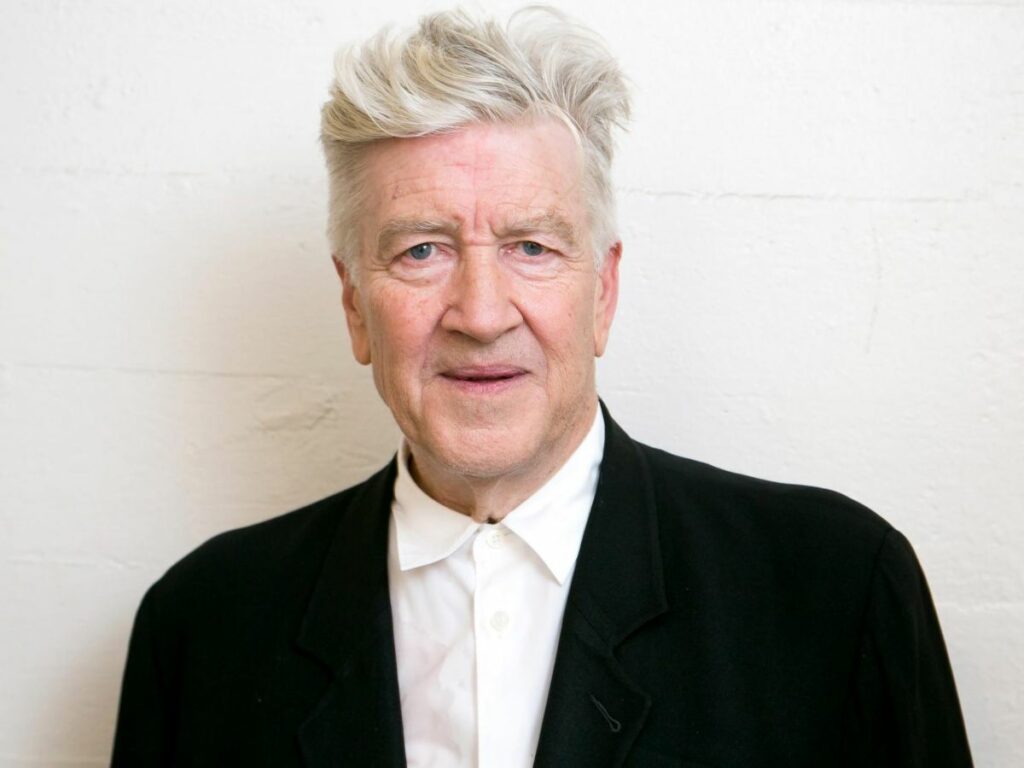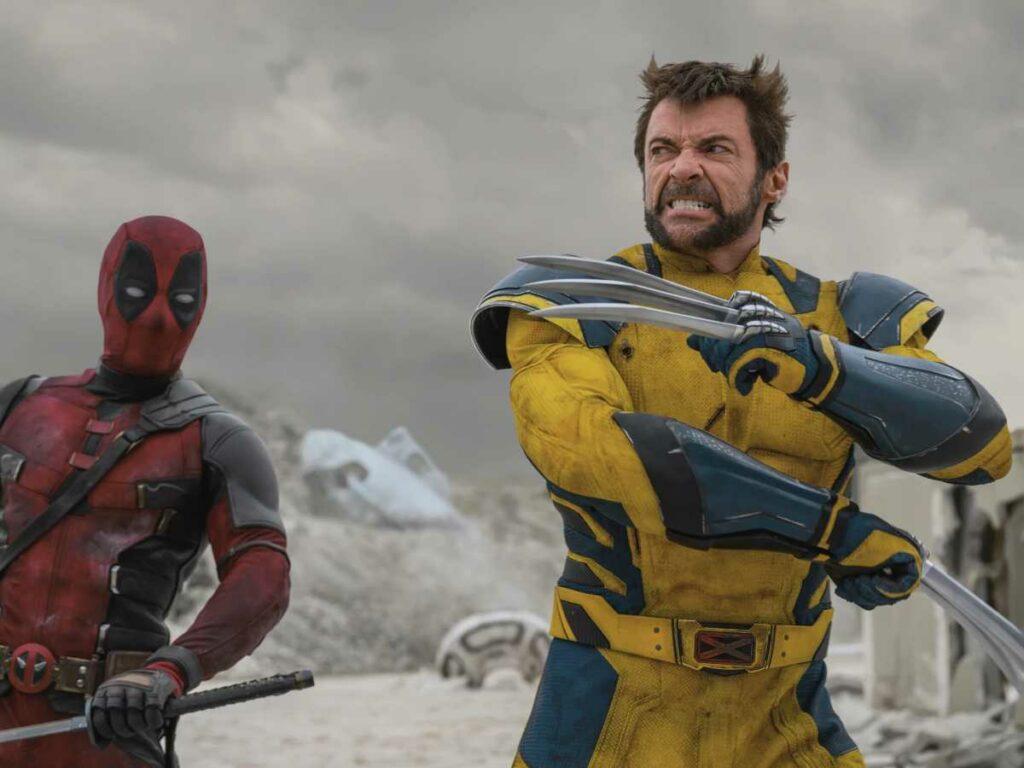From Cube (1997) to Vast of Night (2020), here’s our pick of the best indie sci-fi movies.
When we think of an art-house or indie film we expect films with artistic values, uncompromising vision and a narrative that serves value beyond entertainment. Most of these films are slow-paced human dramas with naturalistic dialogue and performances targeted at a niche audience. However, in due course of time, a sub-genre in the form of indie/arthouse sci-films has also earned immense popularity among moviegoers and critics alike. A common theme in these films concerns itself with profound questions about the nature of existence. Some of these films have an open-ended finale suggesting the principal characters continue to live after the final credits have rolled.
These films are getting recognized and appreciated at film festivals worldwide for the filmmaker’s vision. Here we are then, with 9 indie scifi movies that capture the appeal and awesomeness of the subgenre with grit and conviction.
WATCH: 2001: A Space Odyssey EXPLAINED
1. Cube (1997)
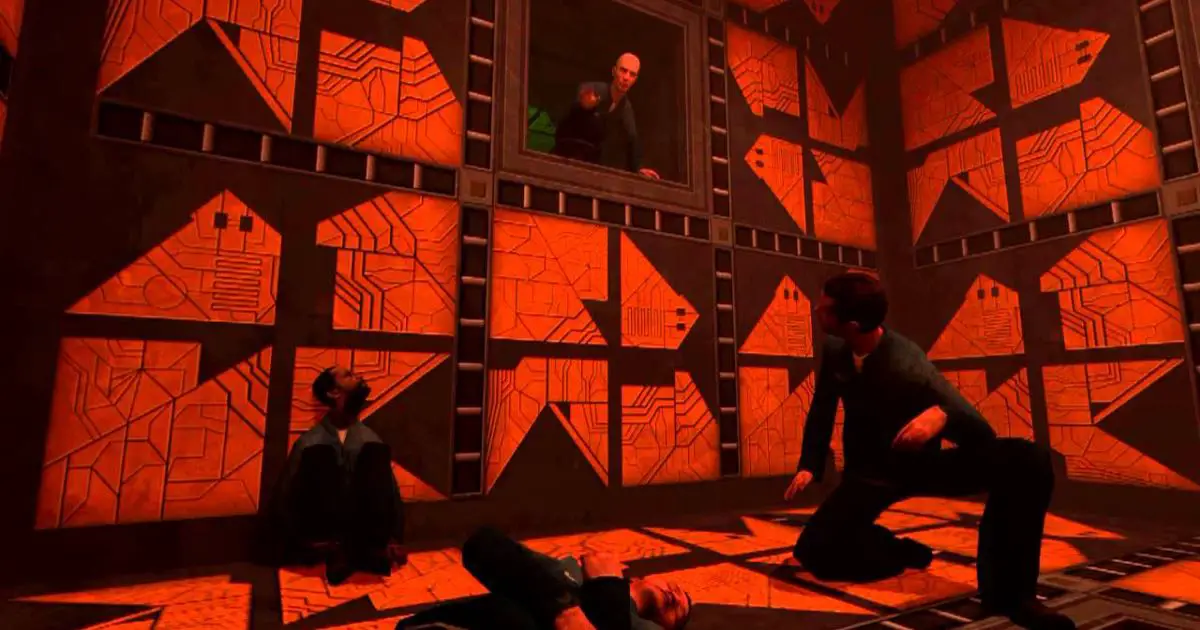
Canadian filmmaker Vincenzo Natali’s sophomore effort is a captivating indie venture that blends the genre of science-fiction and horror with mysterious components of conspiracy theories. The film begins with five psychological intriguing characters who wake up in a room resembling a cube. They are clueless about their whereabouts. Right from the beginning, the film masterfully piques viewers’ interest, escalating suspense with the revelation that each room is structured with trickery. In each of these rooms, there are specific traps aimed to kill the inhabitants of the cube before they can make a narrow escape. The dramatic situation of the film is amplified as we follow the characters from room to room and witness how their power dynamics within this new world evolve.
Providing edge-of-the-seat thrills, Cube popularised the ‘trapped in a room’ sub-genre. The meticulous use of sound design creates a suspenseful aura giving the film an added dimension.
2. Donnie Darko (2001)

The film stars Jake Gyllenhaal, in the titular role of a young bright student who displays outlandish traits in his behaviour. On being subjected to hypnosis by a psychiatrist we discover that he has a nocturnal visitor who ushers him on sleepwalking tours. Debutant
Richard Kelly deftly creates a disturbing atmosphere and operates the narrative interlacing and overlapping it with a balanced dose of reality, dream and subconscious. The plot of the film unfolds like a stimulating puzzle. It feels like an unrushed psychedelic voyage with unexpected twists and turns. The filmmaker refuses to provide an explanation of the symbols used within the film, challenging the intelligence of the viewer. The film doesn’t spoon-feed us with its own interpretations. Such attributes of the story create an immersive viewing experience. The film maintains its appeal even 20 years after its release.
3. Primer (2004)
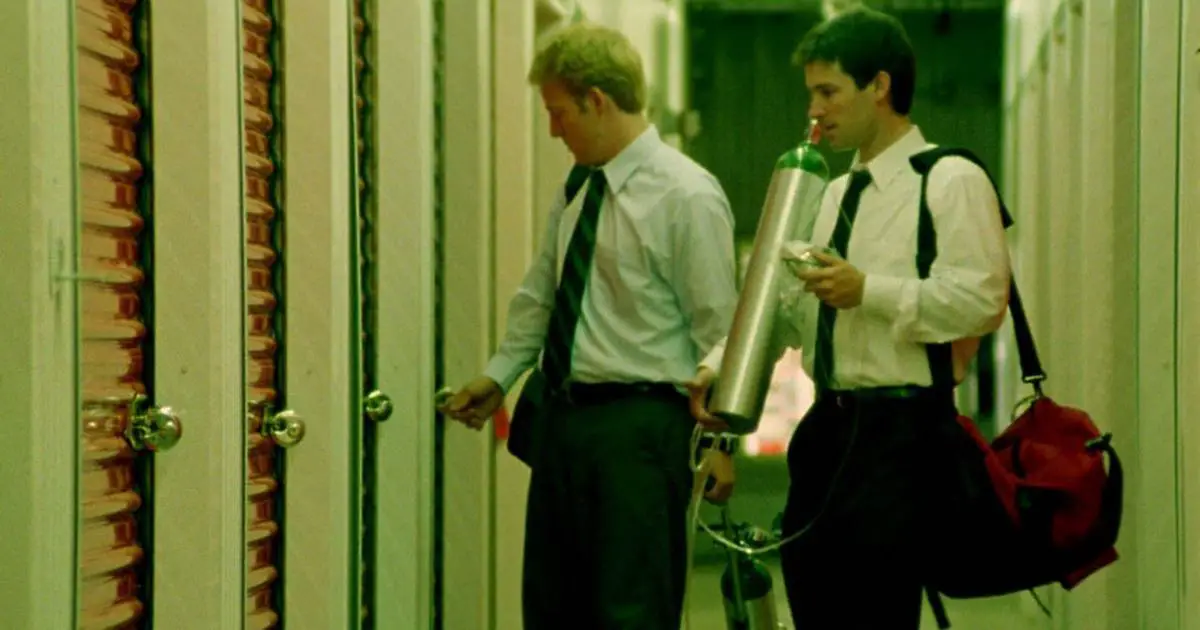
Shane Carruth’s debut is one of the most baffling narratives in the history of cinema. Even after multiple viewings, it challenges our intelligence to arrive at a definite conclusion. On the surface, it is a tale of two scientists who had devised a means for time travel in their garage. The insightful inventions give rise to psychological conflicts between both of them. But deep inside Primer is an obtuse interpersonal human drama symbolizing grisly human frailty. Carruth cleverly introduces the viewer to the technical jargon used in the film in a simplified manner. This helps the viewers to embark upon the time-travel journey with the principal characters without confusion.
The concept of time travel is integrated organically within the plot. The narrative style of the film blurs the line between reality and illusion. It allows us to probe into the two protagonists’ psyches and empathize with their dire state of imminent psychological disintegration.
4. Eternal Sunshine of the Spotless Mind (2004)

Considered as a masterclass in screenwriting, director Michel Gondry and screenwriter Charlie Kaufman’s film steers the viewers to a world where erasing memories help the protagonists cope with the pangs of a breakup. The narrative shuffles back and forth in time to depict the complex nature of an affair, where the two lovers Joe (Jim Carrey) and Clementine (Kate Winslet) now fail to recognize each other. It hooks the viewer with a subtle understanding of how the brain forms memories related to intense emotional experiences.
The soundscape is evocatively used throughout the film to create a mood of fantasy in a pleasing, harmonious style. The film holds our attention by exploring the nature of the human mind and depicts how a relationship blooms over a period of about two years but ends up as a failure. As the film ends we realize that our memories are our most prized possession; erasing them is like losing a part of us, our existence.
5. The Man from Earth (2007)
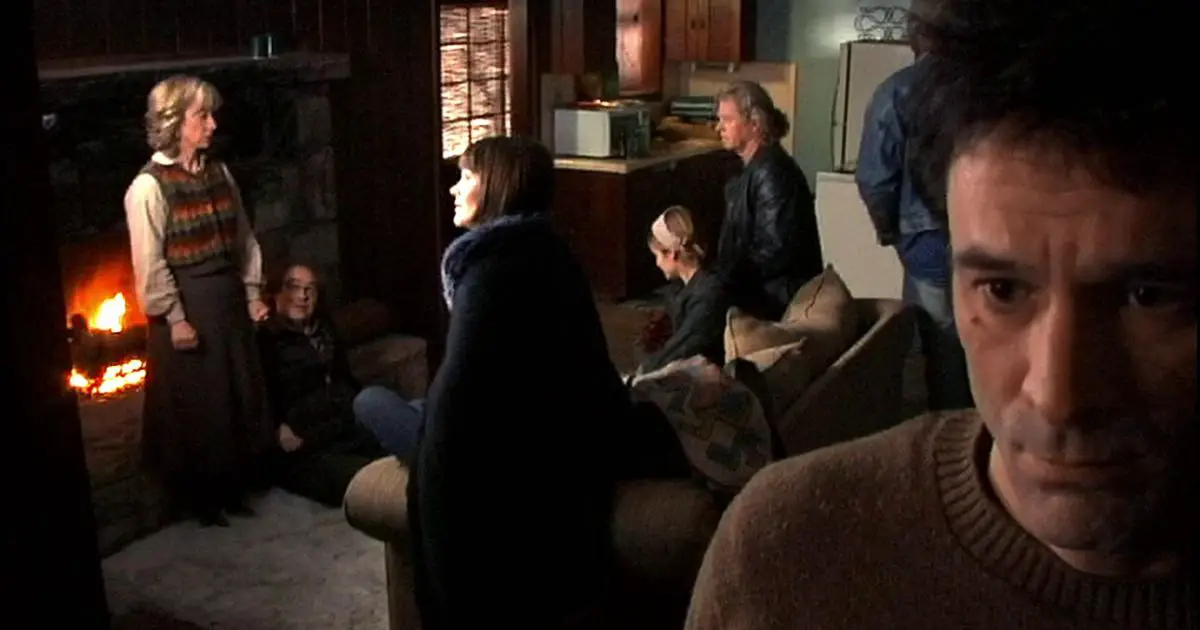
Strange planets and zipping starships take up a lot of space in the popular imagination when it comes to the genre of sci-fi films. But Richard Schenkman classic The Man from Earth does not follow the traditional formula-ridden narrative structure. The film narrates the story of a Professor John Oldman (David Lee Smith) who claims to be an ageless man belonging to the Stone Age. It highlights the centuries-old adventures of people living in caves and invites the viewers to speculate on the concept of immortality.
The unfolding of one event after the other makes us doubt the nature of truth provided by the Professor. The dramatic turn of events takes place within the confinement of Oldman’s home. This feeling of claustrophobia provides the perfect setting for the intimate and ardent philosophical exchange of views that arouses our curiosity to sit through the film.
6. Moon (2009)
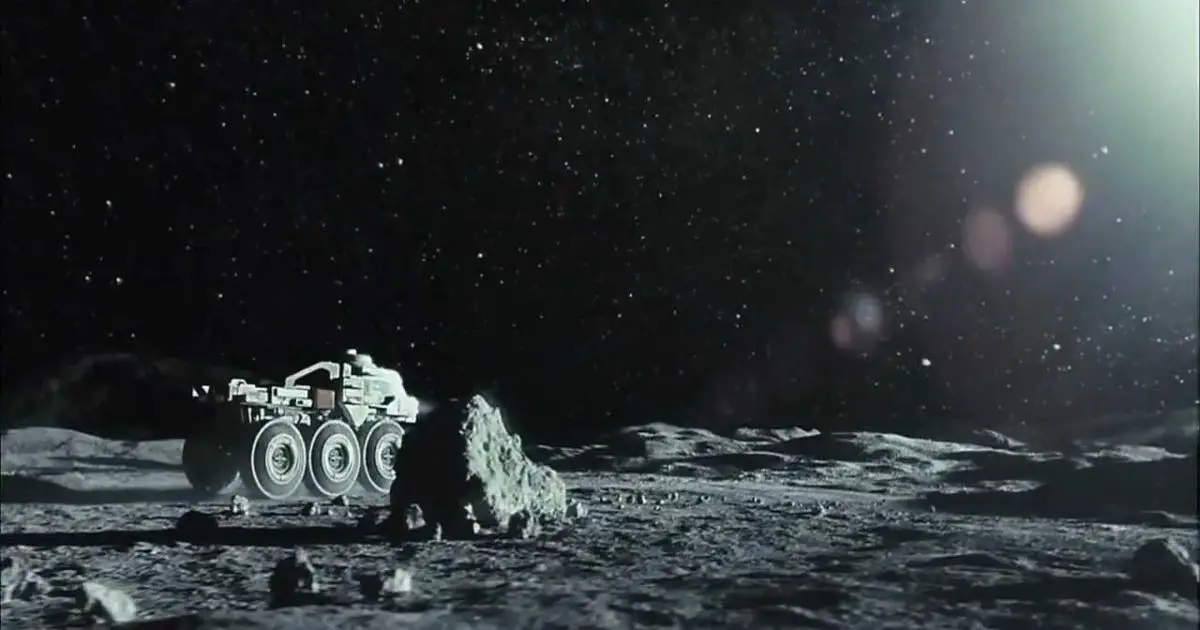
Duncan Jones’ BAFTA-winning debut is a psychological thriller that explores nature and emphasizes the misconstruction of human life with scientific advancement and corporate trickery. As an engaging mood piece, the narrative of the film is helmed by Ducan’s meticulous direction and Sam Rockwell’s evocative performance as an astronaut trapped on the far side of the moon while completing a three-year contract. The plot of the film reveals one shocking truth after the other and observes the protagonist with composure as he encounters complex emotional responses.
Ducan’s narrative style doesn’t spoon-feed viewers. Nor does it take the conventional path providing a happy ending to the sufferings of his protagonist. Instead, he leaves the ending to the discretion of the viewers. His firm grip on the psychological and ethical dimensions of the story lends the film to a very straightforward execution, without fuss.
7. Safety Not Guaranteed (2012)
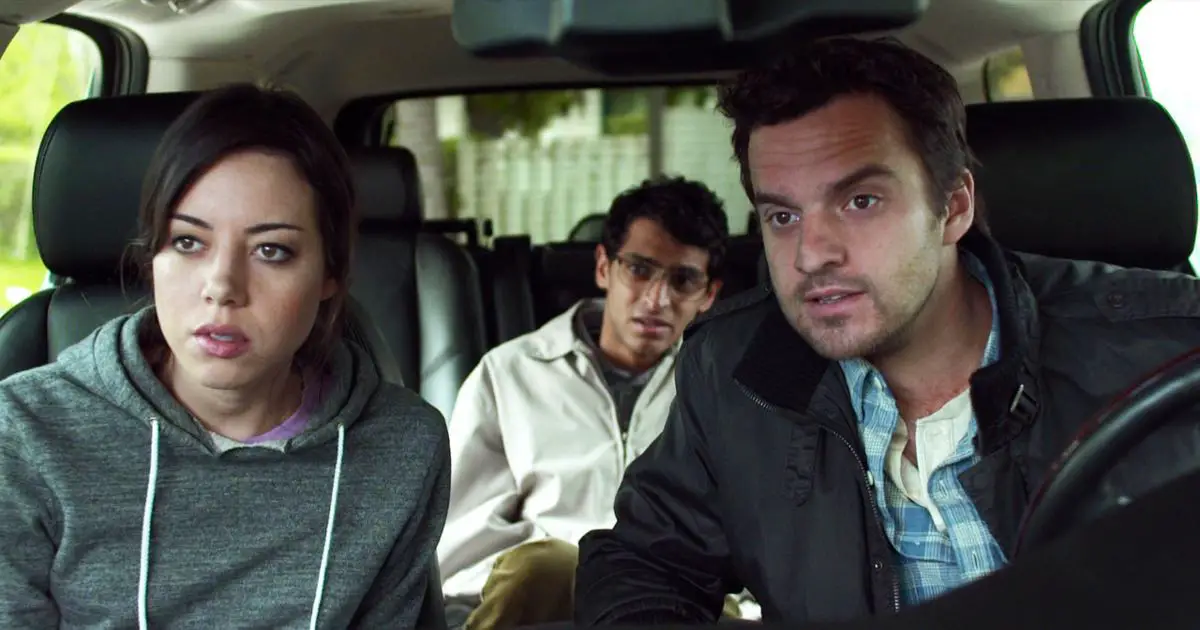
First-time director Colin Treverrow’s time-travel dramedy explores the bounding lines of normality and conviction. The enchanting performance of the primary characters with a light dose of humour and a touch of melancholia makes for an incredibly refreshing watch. The story of the film depicts the relationship between two people who feel disconnected from the rest of the world. They seek human interaction and search for the comforts of love and romance. Though the film is also a romantic comedy, it steers away from the average rom-com clichés.
Technically, the cinematography and production work in service to a realistic milieu of the film. The evenly paced scenes establish the rhythm smoothly and seamlessly draw our attention to the narrative. The film remains honest in using the trope of time travel. It not only drives the plot but also motivates the characters. As the films end the two characters do travel through time into the past.
8. Under the Skin (2013)
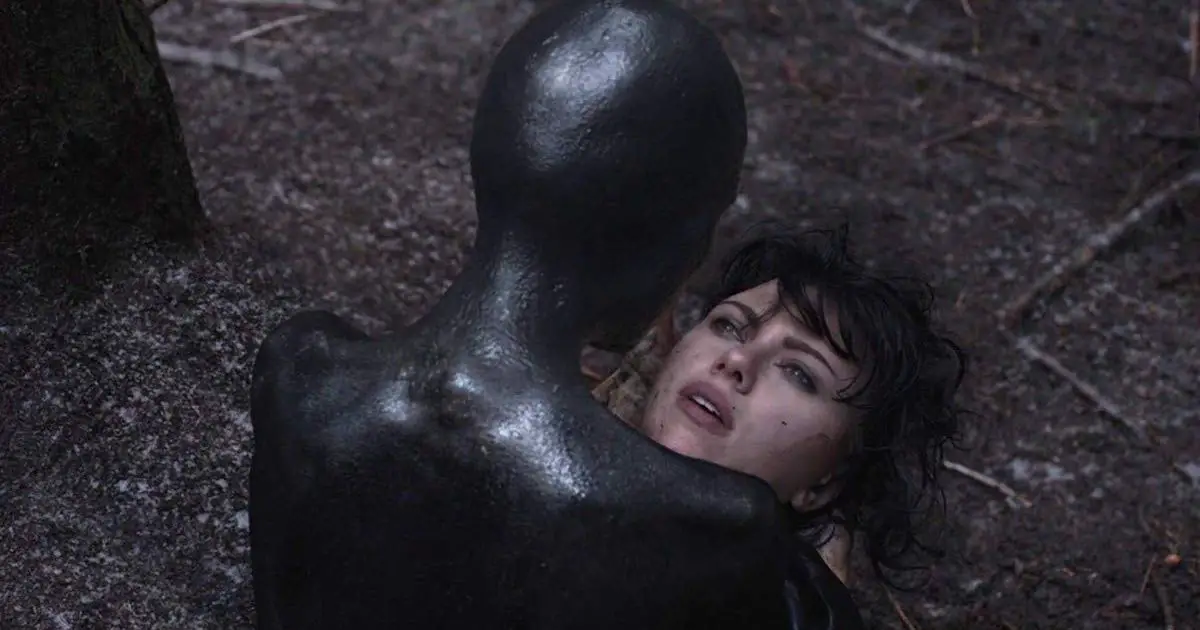
Under the Skin stands out from the rest of the films in the subgenre for its uncompromising auteur sensibilities. The film has minimal dialogue, the principal characters are unnamed, the plot development happens unconventionally, and key moments are captured in a guerilla-style of shooting. All these elements bring realism to the narrative style, creating an immersive viewing experience. With his great attention to detail, director Jonathan Glazer keeps the slow-paced momentum evenly balanced. The sex scenes are shot with stylishly remarkable use of lights, shades and colours. Each of the scenes brings seriousness and transcendence to the narrative.
Glazer structures film in a way that invites the viewers to contemplate and not merely experience the film vicariously to get entertained. Scarlett Johansson in the role of an alien seducing man off the streets of Glasgow gets into the skin of the character and keeps us hooked throughout.
9. The Vast of Night (2020)
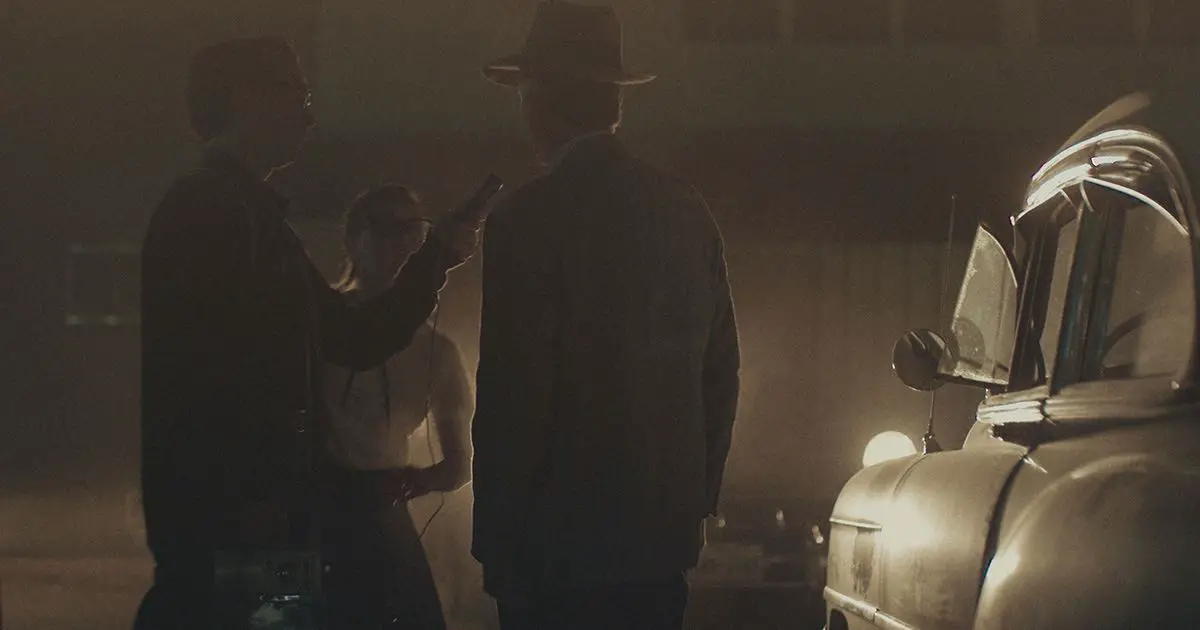
Andrew Patterson’s maiden micro-budget endeavour is set in the backdrop of the Alien invasion in 1950s Cayuga, New Mexico. The narrative adopts a linear pattern and is constructed around an engaging investigative plot with a sci-fi bent. Devoid of heavy visual effects the filmmaker creates an appropriate space for atmospheric texture and eerie mood to elicit suspense within the film. The production design creatively utilizes objects such as tail-finned cars, saddle shoes, cat-eye glasses, the references of Sputnik amongst others to transport us to the era. Such meticulous attention to minute details creates an authentic aura of the film’s period lifestyle. Patterson also makes effective use of the technological devices used in the 1950s such as his dependence on the radio frequency as a narrative tool. The film is visually splendid and narratively delightful.
The Vast of Night is a confidently shot feature. It highlights how creative investment in the characters and plot goes a long way in telling a compelling story.
Conclusion
There we are! These are some of the best indie scifi movies that should be on your watchlist. Though these films didn’t garner wider recognition like The Matrix Franchise (1999-2021) or Blade Runner (1982), they’ve given the genre a fresh lease of life with their own codes and conventions. In the arena of experimentation and low-budget filmmaking, these films have created their individualistic métier. They eschew common storytelling techniques and prove that you don’t need expensive CGI to create noteworthy cinematic experience. These films have provided the independent and art-house filmmaking scene with a new generation of creative artists to get excited about.


